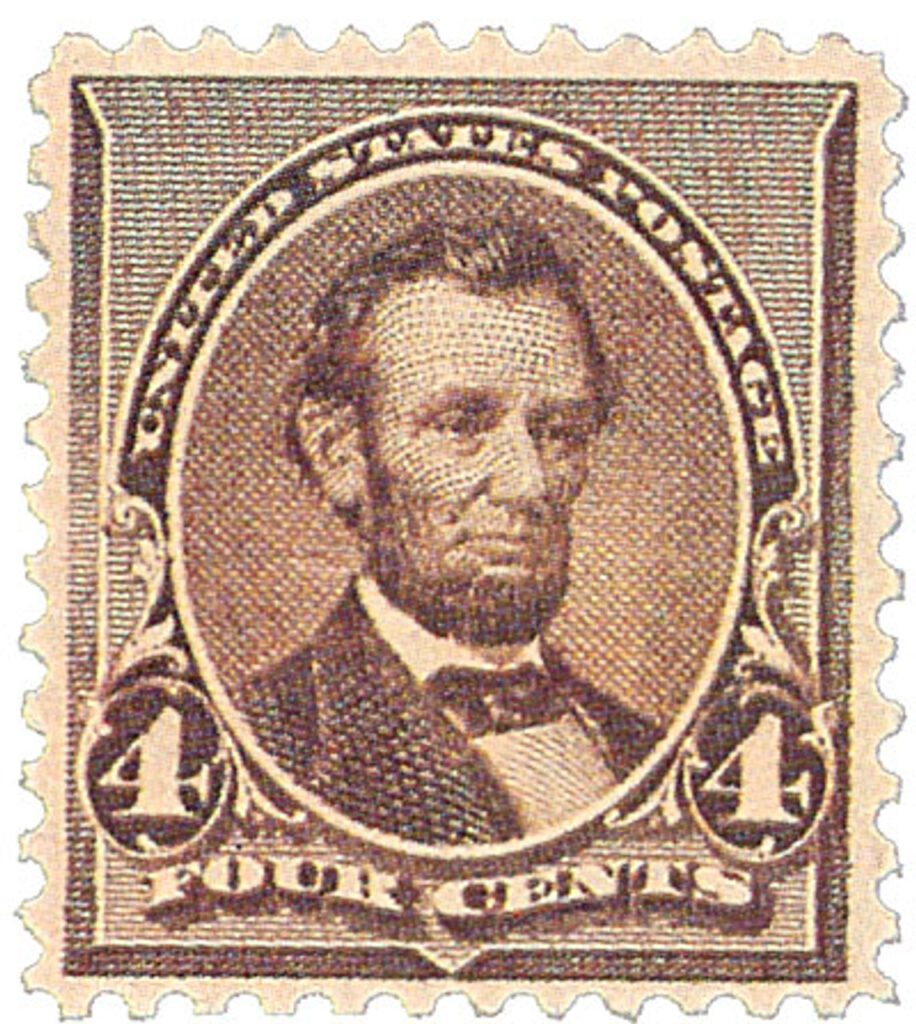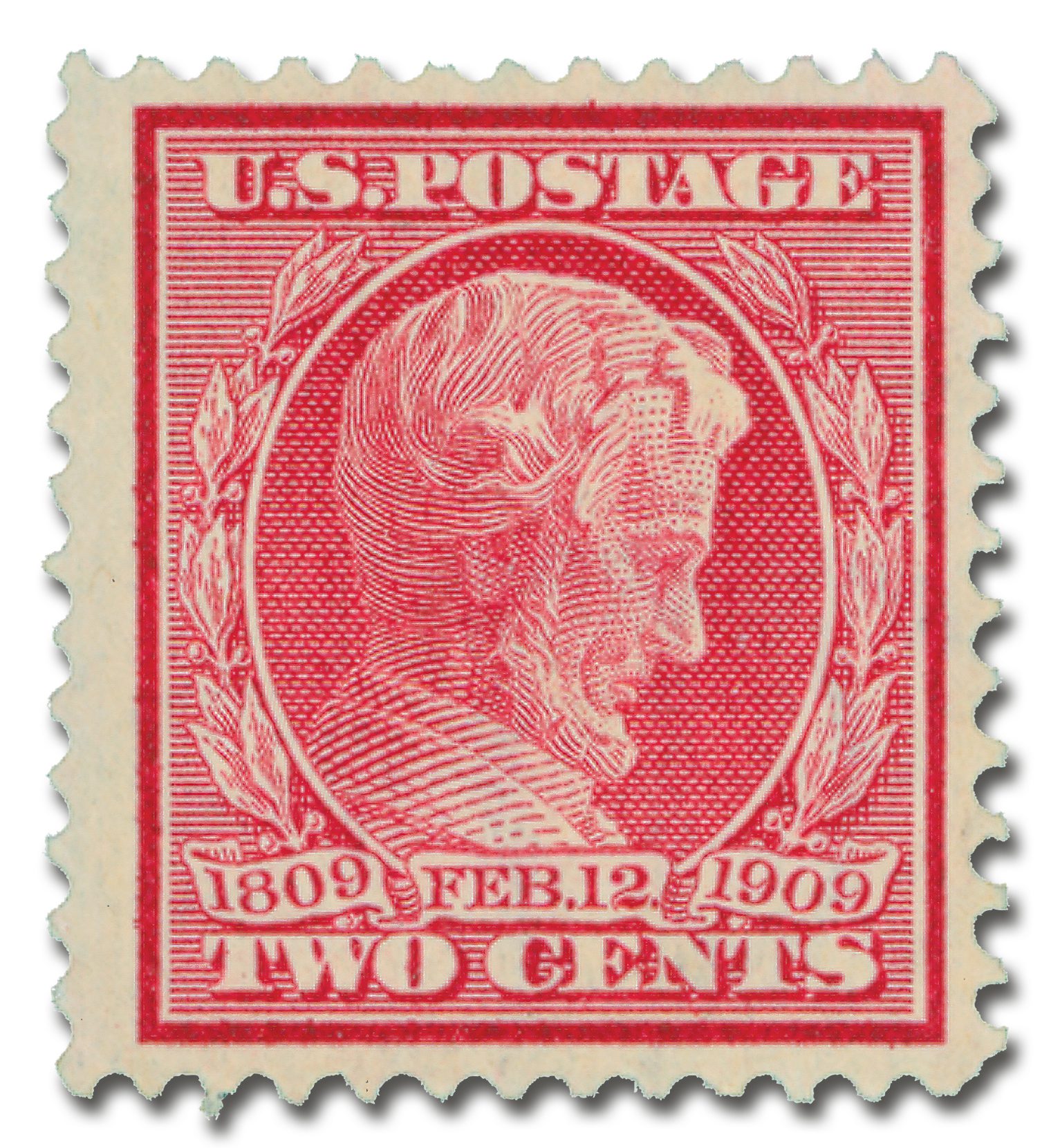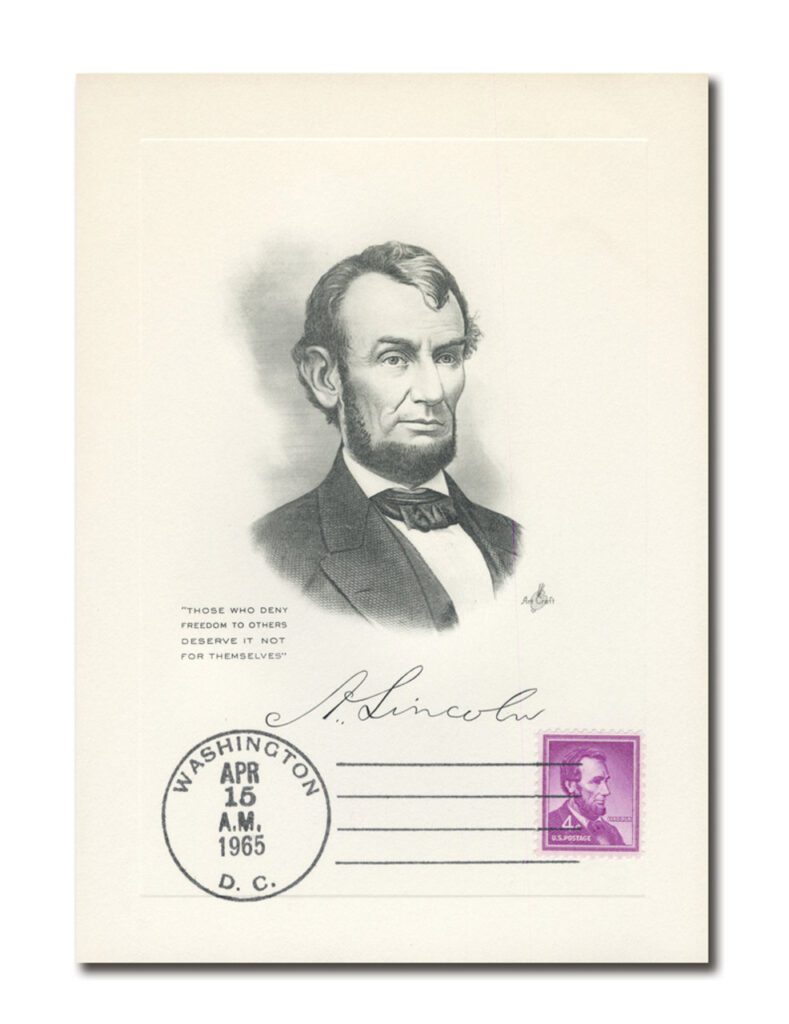On April 15, 1865, President Lincoln died less than 12 hours after being shot by John Wilkes Booth.
By early April 1865, the Civil War was drawing to a close. The Union Army had taken the Confederate Capitol at Richmond and Robert E. Lee had surrendered his troops at Appomattox Court House in Virginia.
As hope for the war’s end grew nearer, President Lincoln was as cheerful as anyone had seen him in years. His widow later recalled how he “was almost boyish in his mirth… free from care, surrounded by those he loved so well and by whom he was idolized… I never saw him so supremely cheerful – his manner was even playful.”
In spite of his good mood, Lincoln had admitted to his close friends that he’d had a troubling nightmare two weeks before about what would be his last day. He’d dreamed that he was wandering the White House, following the sounds of sobs, only to discover his family and friends mourning his death.

Despite the ominous dream, Lincoln remained positive and joyful, even attending a play with his wife on April 14. It was there, at Ford’s Theater, while watching Our American Cousin, that President Lincoln earned the unfortunate distinction of becoming the first US president to be assassinated. Reportedly, Lincoln’s bodyguard had left the theater during intermission to join friends for a drink, leaving the president unguarded when John Wilkes Booth, a staunch opponent of the abolition of slavery, arrived to shoot him.
A well-known actor, Booth entered the President’s box about 10:25 p.m. Knowing the play by heart, he waited for one of its most famous lines to be uttered, and used the audience’s laugh to muffle the sound of his gunshot. He’d shot President Lincoln in the back of the head. Booth was immediately pursued by one of Lincoln’s guests, Major Henry Rathbone. Booth leaped from the box and crossed the stage, which led the audience to believe he was part of the play. He then shouted, “Sic semper tyrannis!” (Thus always to tyrants!) and “The South is avenged!” and escaped the theater.
Meanwhile, in the Presidential Box, three doctors who had been in the audience attended to Lincoln. They realized he could not be saved, but moved him across the street to the Petersen House, where he died at 7:22 a.m., on April 15. But the news of his assassination had already begun to spread across the country just moments after the shooting.
Booth went on the run, traveling to Maryland to collect weapons. He remained in hiding at a tobacco farm for several days before Union soldiers discovered him. They surrounded the barn and warned that they would set it on fire unless Booth gave himself up. When he responded, “I will not be taken alive!” they set the barn on fire. Then, one of the men shot and paralyzed Booth. He was carried outside before dying two hours later.
Following his death, Lincoln was brought to the White House where he laid in state in the East Room on April 18th. On the 19th, a funeral service was held before his coffin was transported by procession to the Capital Rotunda was he once again lay in state on the 20th. The next day Lincoln’s coffin was escorted to the train depot, and his funeral train left at 8 a.m. The train made 12 stops: Baltimore, MD; Harrisburg, PA; Philadelphia; New York City; Albany, NY; Buffalo, NY; Cleveland, OH; Columbus, OH; Indianapolis, IN; Michigan City, IN; Chicago; and Springfield, IL. There, Lincoln was laid to rest at Oak Ridge Cemetery, per the wishes of his wife, Mary Todd Lincoln. It’s estimated 25 million Americans around the country attended memorial services for the president.
Click here for lots more President Lincoln stamps.
| FREE printable This Day in History album pages Download a PDF of today’s article. Get a binder or other supplies to create your This Day in History album. |
Discover what else happened on This Day in History.







A dark moment in U S History. Many historians believe that the Confederate States would have recovered from the destruction of the war at a quicker pace had Lincoln served his second term. We will never know with certainty what the greatest president this nation has ever had would have accomplished in the remaining years of his service.
The perpetrator did a lot of running with broken leg.
Last evening I read an interesting story by BRAD MELTZER (Book title: HISTORY DECODED) which says that John Wilkes Booth was not the person killed by the Union soldier and that Booth lived for 40 more years and killed himself by drinking embalming fluid and arsenic in Enid, Oklahoma where he had used a different name.
INTERESTING!
Yes, and Lincoln didn’t actually die on April 25, but survived his wound and made a fortune in the dry goods business in San Francisco. Under a different name, of course. And the Titanic didn’t actually sink in 1912, but…well, we could go on and on.
Oops, he didn’t die on April 15 or 25. Take your pick.
A statesman in the same class as Churchill
That is an old story about Booth. More legend than truth.
The Oklahoma story is more legend than truth. Booth’s body was identified by several on the front porch where he died.
Thank you Mystic for this historical article about our great President Lincoln.
Great president. Period, love the history.
Thank You! Mr Conrad Gaunt. Yes, your right in that certain historical events,
did not ‘happened’ the way we have read and come to know them. There is even stories of persons that we know existed in the passed, and never did.
Loved to have a PDF for tis. All the good ones I want never have one